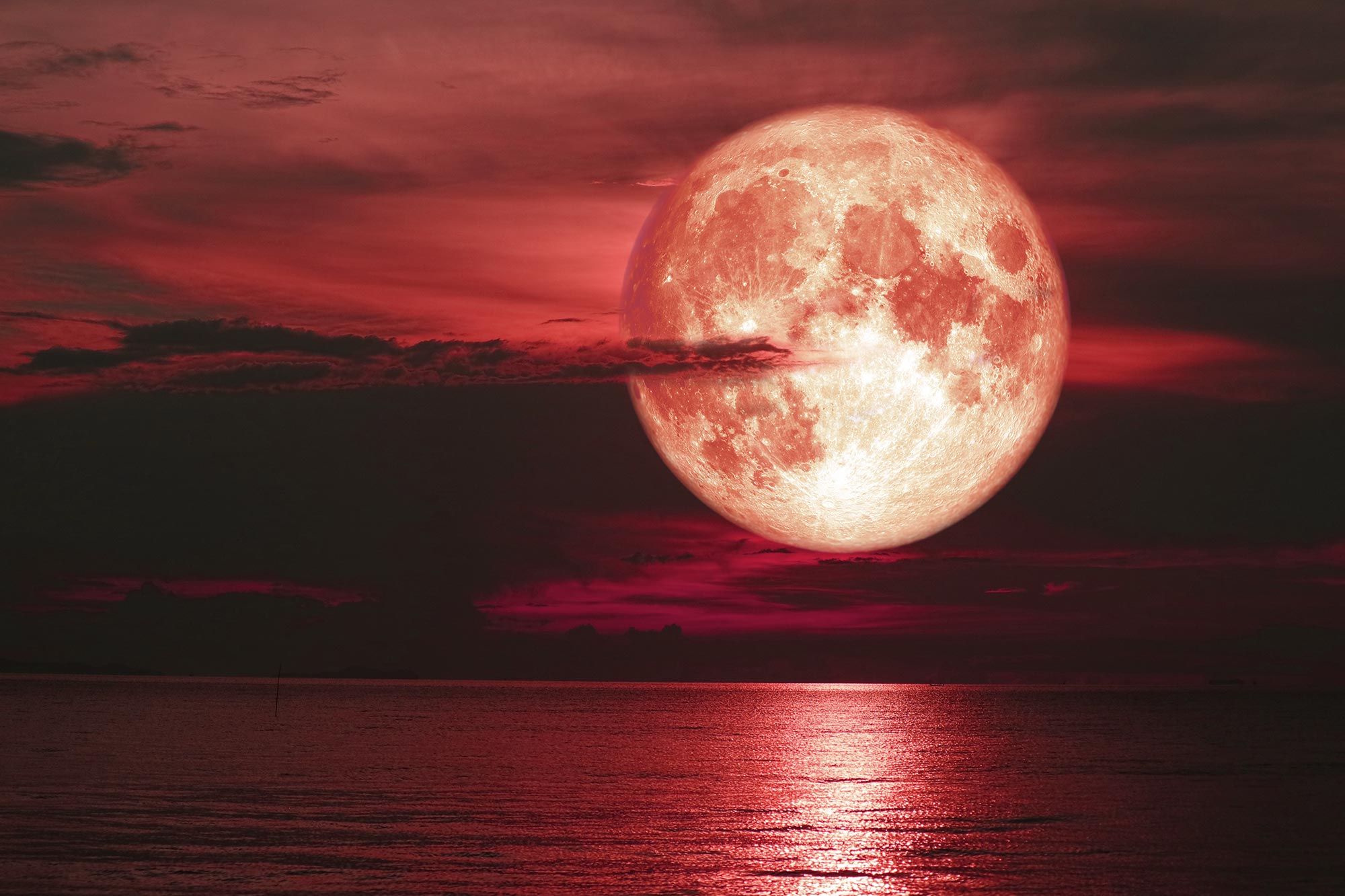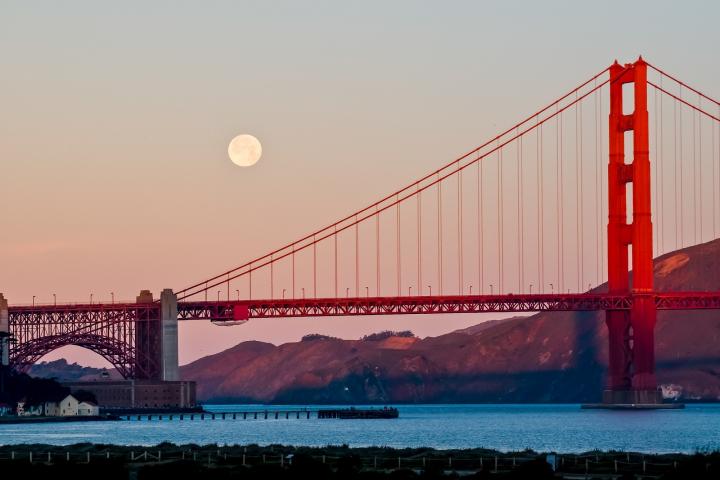
Watch for the Full Strawberry Moon!
ADVERTISEMENT
Without realising I’ve planned to give birth on this day.
Meaning my daughter who I’m naming Athena Rose will be born on a strawberry moon (or Rose Moon/birthing Moon)
Hi,
I was checking nasa website, june full moon will be 10,000km closer than may full moon 3A and atleast 20,000km closer than feb full moon (apogee). It will be around 376,000mi.. so it will be larger than the previous full moons of 2024..
Followed by July full moon sitting more close at 368000mi, and then Aug the super moons start..
But moon will definitely be bigger from june..
Hi,
I was checking nasa website, june full moon will be 10,00pkm closer than may and atleast 20,000km closer than feb apogee. It will be around 376,000mi.. so it will be larger than previous moon. And july full moon will be in 368,000 distance more close before the supermoon starts..
Worth mentioning
We are in southern hemisphere so longest night and full moon.
When there is a full moon I put my crystals, amethyst and rose quartz, out on my patio to let the moonlight recharge them. I also put a bottle of water to capture the energy of the full moon. It really feels energizing to drink. A friend suggested it and I was skeptical, but it really works!
That's really neat, the moon and anything like crystals that you can put out including yourself can definitely be beneficial in all kinds of ways. Try meditating during these times outside and you will fell better than the drinking if just your water!!!
Many people say that they feel real benefits from “moon water.” Thanks for sharing your experience!
Try meditating outside during these full moons it's even better!!!
Specially if the moon is your astrologucal guide at your birth.
Would it apply to the east part of Canada ?
Yes, it absolutely does. Thanks for asking!
Since the moon cycle is 28 days, there are 13 full moons every year, not 12. What is the name of the second full moon that occurs in a month?
















